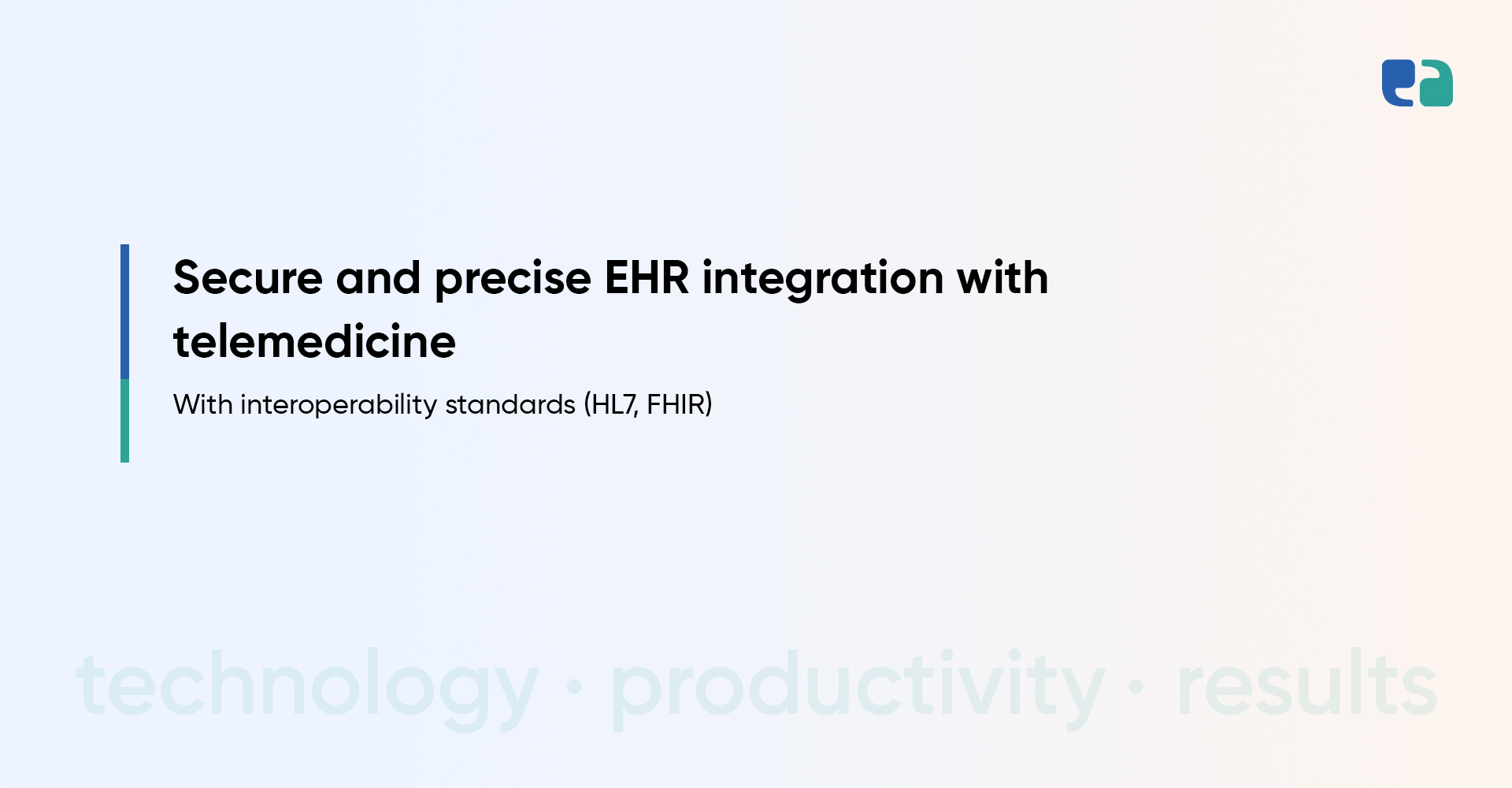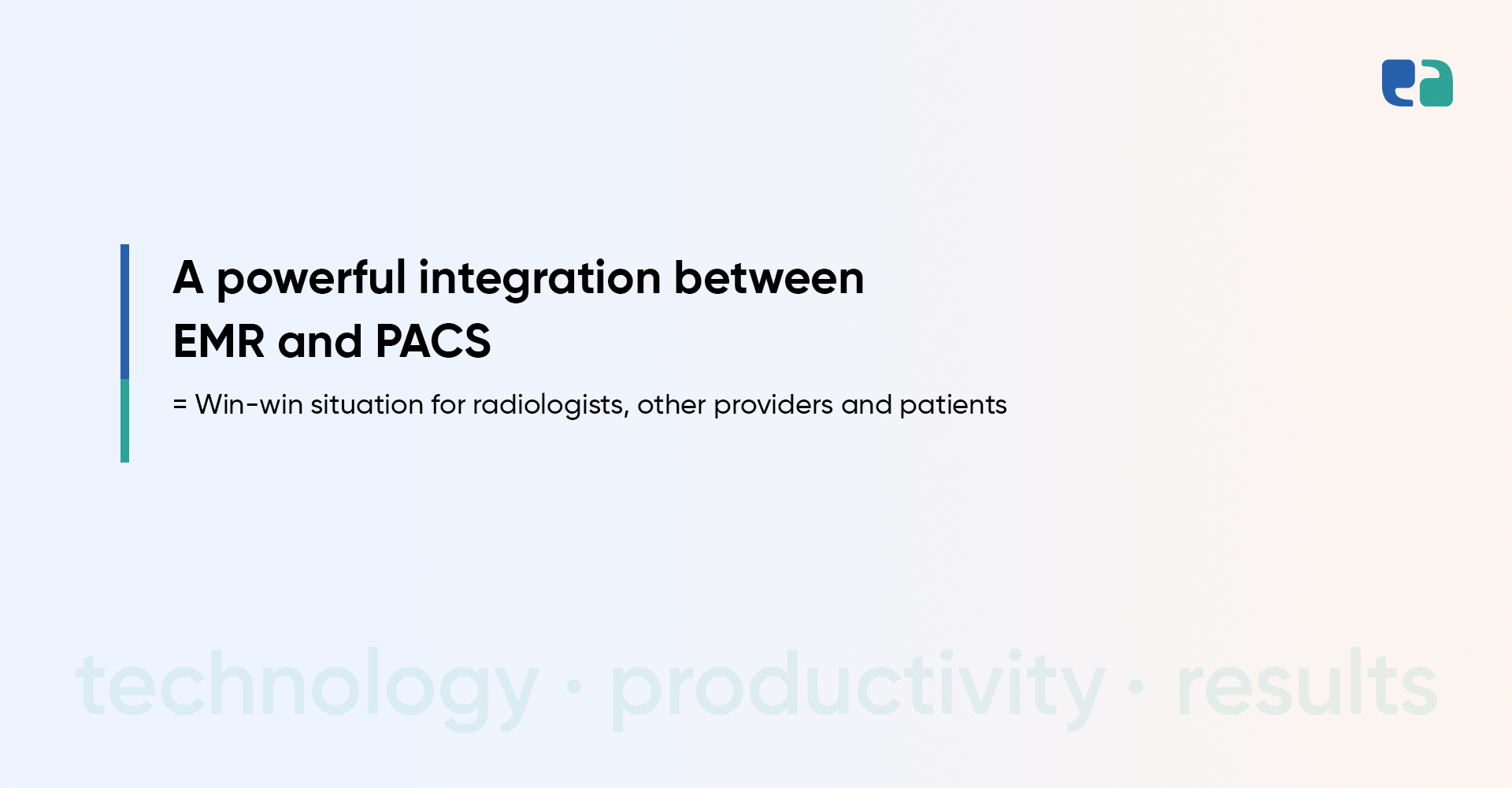Quick Summary: The adoption of telehealth in the healthcare industry is expanding.
As per the reports “telehealth utilization has stabilized at levels 38X higher than before the pandemic”.
However, the major challenge still remains the same as the challenge is associated with data. Because providers using telemedicine platforms cannot be able to offer quality care without direct and easy access to clinical data.
In other words, there is now no sense in building a telemedicine platform that cannot be able to fetch and share data with EHR.
Thus, sensing the urgency, in this blog, we will discuss everything you need to know about integrating EHR with telehealth.
Why is telehealth EHR integration mandatory for the healthcare industry?
In virtual care, the most essential thing for healthcare professionals is to provide quality care and a positive experience to the patient.
For that, seamless access to the clinical data of patients is required which is generally stored in EHR and EMR.
Things become tedious and complicated for providers when they provide care using any 3rd party digital solutions such as telehealth solutions to provide care as they now have to keep the window of EHR open while providing care through telemedicine.
To avoid such a mess, integrating EHR with the telehealth platform is the most appropriate method.
But without integration, there are numerous challenges health organizations can face such as,
How telehealth EHR integration helps both the care provider and patient?
Using telemedicine EHR integration, caregivers can easily focus on quality care, efficient workflows, and a positive patient experience.
Apart from that, numerous benefits define “the integration of EHR with telemedicine can assist healthcare professionals to deliver quality virtual care”.
Cybersecurity tools for telemedicine providers
Devices connected with the telehealth network must offer visibility through different tools. The information should include movement, the device’s level of security, and data use. With the use of these tools, isolation of any at-risk device is easy.
Quick isolation of the contaminated device reduces the ability of cybercriminals to move across the network. This level of visibility is possible due to the use of several strategies and tools.
What are the various types of EHR integration?
Integrating EHR with telemedicine is nothing but building the bridge between these two tools so that they can fetch and share (data exchange) the clinical data of patients as per need.
There are mainly two types of methods for data exchange between EHR and telemedicine which are, bi-directional and unidirectional.
Let’s start with the bi-directional.
Which is the most common challenge that arises during EHR integration?
While integrating EHR with telehealth, there is a high possibility that errors can occur.
To avoid that – the ideal planning, most suitable process, specific healthcare IT knowledge, and optimal execution are required.
We have mastered the most general issue that many healthcare IT developers overlook.
We offer top EHR vendors integration for telehealth apps
In Canada and USA, there is more than one EHR system available and selecting an ideal EHR vendor is a challenging task.
But don’t worry, we’ll assist you in choosing the most suitable EHR vendor by first knowing your needs.
The following are some of the very popular EHRs we have integrated several times with telemedicine platforms.
1. PointClickCare
2. MED e-care
3. Meditech
4. Epic
5. Cerner
6. Allscripts
7. Telus
8. McKesson
9. CareCloud
10. NextGen
11. eClinicalWorks
12. GE Centricity
13. Athenahealth
You want EHR/EMR integration – we have the ultimate expertise
We are an Ontario-based healthcare IT company.
With healthcare-specific knowledge, we have been dominating the healthcare IT industry for over 7+ years.
We said “dominating” because of our proven mastership in EHR/EMR integration and optimum knowledge in interoperability and compliance audit.
When it comes to experts, we have a dedicated team of healthcare professionals, UI/UX designers, web and app developers, compliance specialists, business analysts, and QA engineers.
With our experience, experts, and expertise – we help healthcare start-ups, clinics, hospitals, healthcare businesses, and individual healthcare professionals.
“Work with us and dominate your competitors!”



